When it comes to the world of birds, few species capture our imagination like the corvids. Two of the most iconic members of this family are ravens and crows. Their striking black plumage and intelligence have made them subjects of fascination for centuries. However, as similar as they may appear at first glance, there are distinct differences that set ravens and crows apart. In this blog post, we’ll delve into these differences, highlighting their physical characteristics, behaviors, and roles in folklore.
Explore the Mysteries 🦅🔍 | Raven New Tab
1. Physical Distinctions
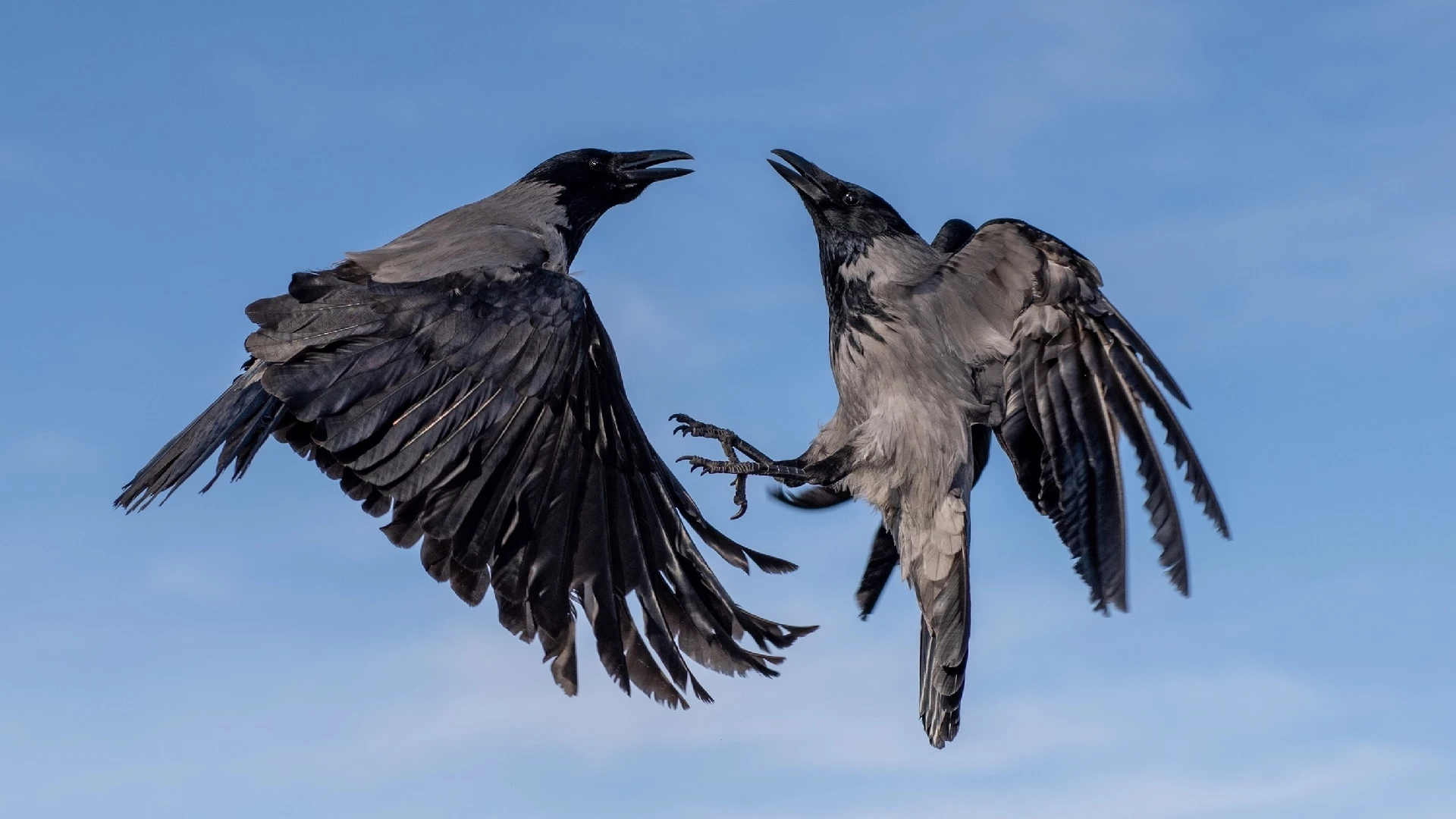 At a casual glance, ravens and crows might seem interchangeable due to their similar coloration and size. But upon closer inspection, their physical characteristics reveal subtle differences. Ravens tend to be larger, with wingspans of up to 4 feet, compared to crows’ wingspans of around 2.5 to 3 feet. Another distinguishing feature is the shape of their tail feathers. Ravens have wedge-shaped tails, while crows’ tails are more squared off. These differences may seem small, but they play a significant role in distinguishing the two species.
At a casual glance, ravens and crows might seem interchangeable due to their similar coloration and size. But upon closer inspection, their physical characteristics reveal subtle differences. Ravens tend to be larger, with wingspans of up to 4 feet, compared to crows’ wingspans of around 2.5 to 3 feet. Another distinguishing feature is the shape of their tail feathers. Ravens have wedge-shaped tails, while crows’ tails are more squared off. These differences may seem small, but they play a significant role in distinguishing the two species.
2. Vocalization Variations
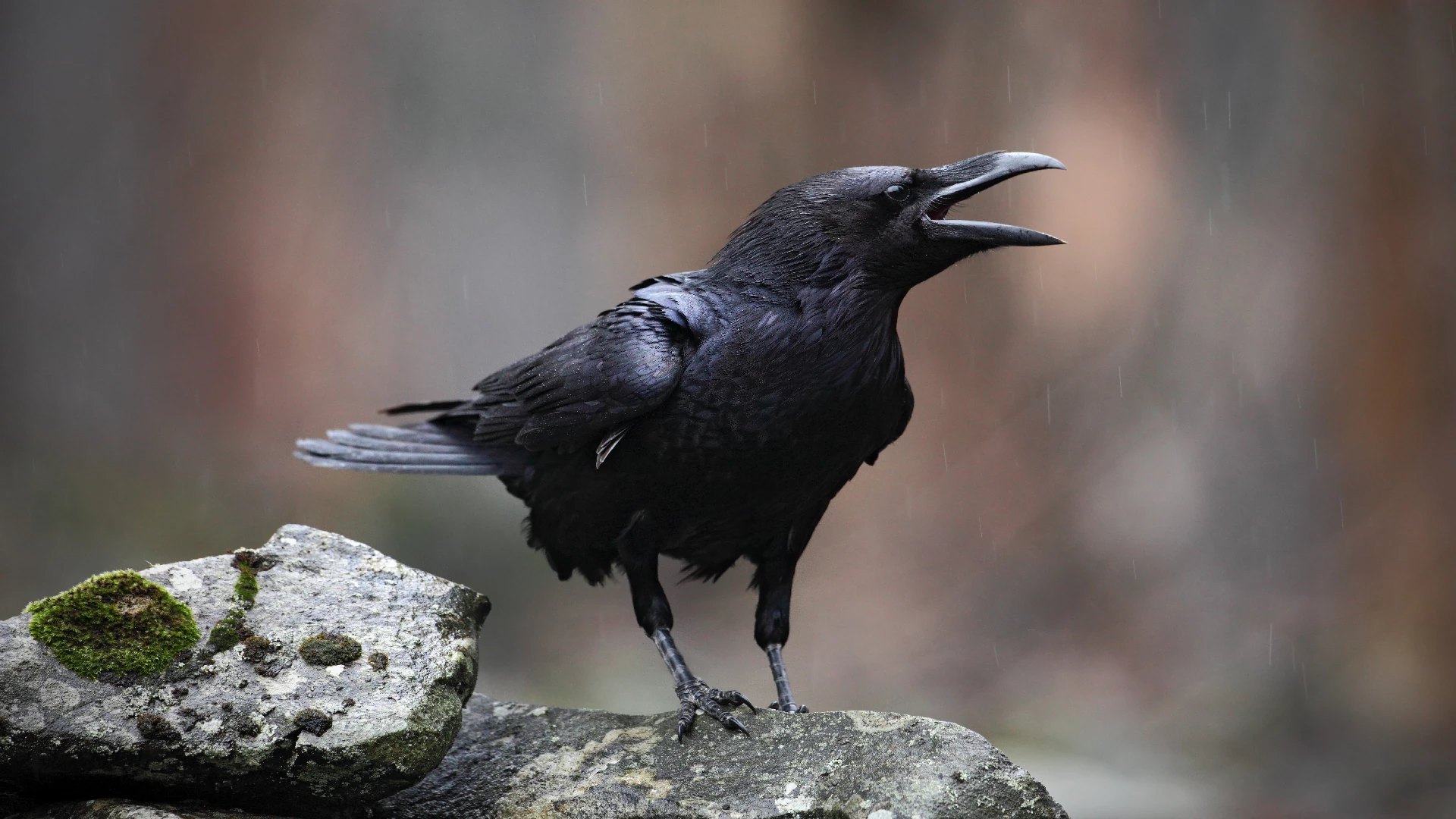 One of the most striking ways to differentiate ravens from crows is through their vocalizations. Both species are known for their complex and varied calls, but they have distinct sounds that can be learned and recognized. Ravens are known for their deep, resonant croaking sounds that carry across long distances. On the other hand, crows have a more diverse range of calls, including the familiar “caw.” This vocal versatility is a key aspect of their communication and social behaviors.
One of the most striking ways to differentiate ravens from crows is through their vocalizations. Both species are known for their complex and varied calls, but they have distinct sounds that can be learned and recognized. Ravens are known for their deep, resonant croaking sounds that carry across long distances. On the other hand, crows have a more diverse range of calls, including the familiar “caw.” This vocal versatility is a key aspect of their communication and social behaviors.
3. Behaviors and Interactions
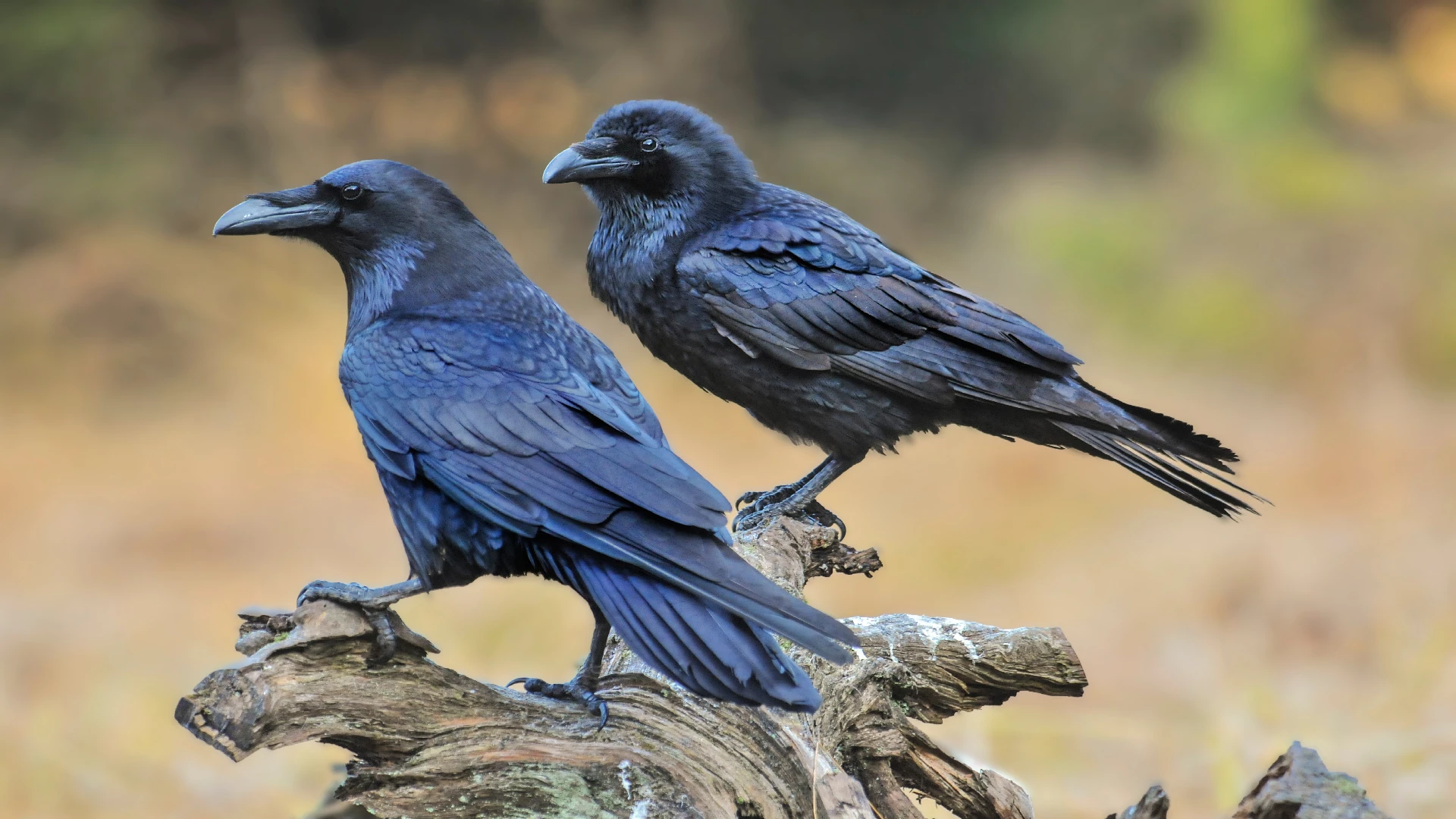 Transitioning from appearance to behavior, ravens and crows also exhibit notable differences in their actions and interactions. Ravens are often associated with higher intelligence, capable of problem-solving and even using tools. They’ve been observed playing games and forming close-knit family groups. Crows, while also intelligent, are known for their more mischievous tendencies. They are opportunistic feeders and have been observed using their cleverness to obtain food from various sources.
Transitioning from appearance to behavior, ravens and crows also exhibit notable differences in their actions and interactions. Ravens are often associated with higher intelligence, capable of problem-solving and even using tools. They’ve been observed playing games and forming close-knit family groups. Crows, while also intelligent, are known for their more mischievous tendencies. They are opportunistic feeders and have been observed using their cleverness to obtain food from various sources.
4. Cultural and Folklore Significance
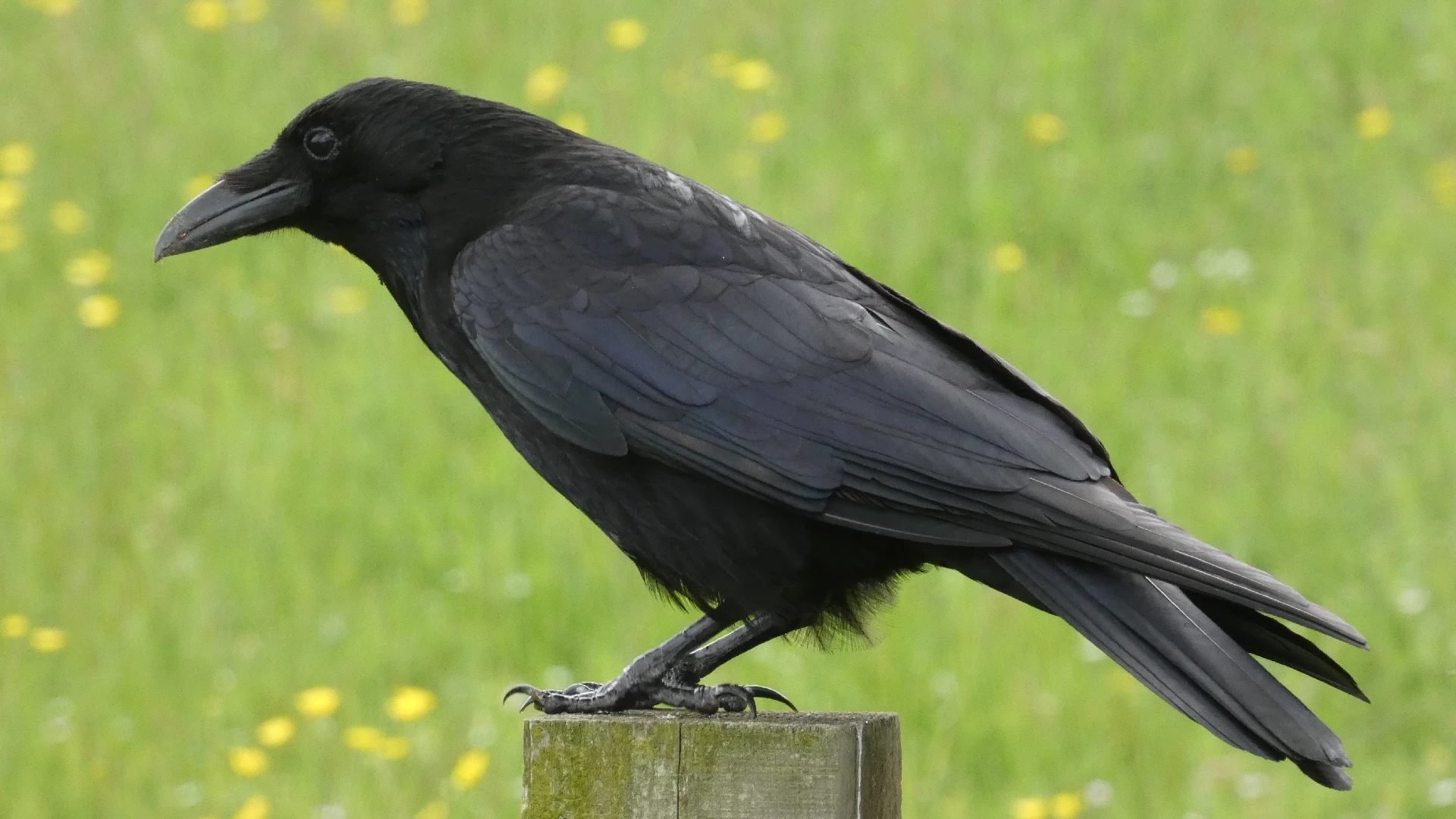 For centuries, ravens and crows have held significant roles in various cultures and mythologies around the world. Ravens, with their larger size and distinct calls, have often been linked to deep and mysterious symbolism. In Norse mythology, Odin, the god of wisdom, had two ravens that brought him knowledge from all corners of the world. Crows, on the other hand, are often associated with adaptability and transformation. In some Native American cultures, crows are seen as tricksters, often teaching important life lessons through their antics.
For centuries, ravens and crows have held significant roles in various cultures and mythologies around the world. Ravens, with their larger size and distinct calls, have often been linked to deep and mysterious symbolism. In Norse mythology, Odin, the god of wisdom, had two ravens that brought him knowledge from all corners of the world. Crows, on the other hand, are often associated with adaptability and transformation. In some Native American cultures, crows are seen as tricksters, often teaching important life lessons through their antics.
5. Geographic Distribution
 Transitioning to their distribution, ravens and crows have slightly different preferences when it comes to their habitats. Ravens tend to thrive in more remote and rugged environments. They are often found in mountainous regions, open landscapes, and even coastal cliffs. On the other hand, crows are highly adaptable and can be found in a wide range of habitats, including urban areas. Their ability to thrive in human-altered landscapes has contributed to their widespread presence.
Transitioning to their distribution, ravens and crows have slightly different preferences when it comes to their habitats. Ravens tend to thrive in more remote and rugged environments. They are often found in mountainous regions, open landscapes, and even coastal cliffs. On the other hand, crows are highly adaptable and can be found in a wide range of habitats, including urban areas. Their ability to thrive in human-altered landscapes has contributed to their widespread presence.
6. Family Dynamics
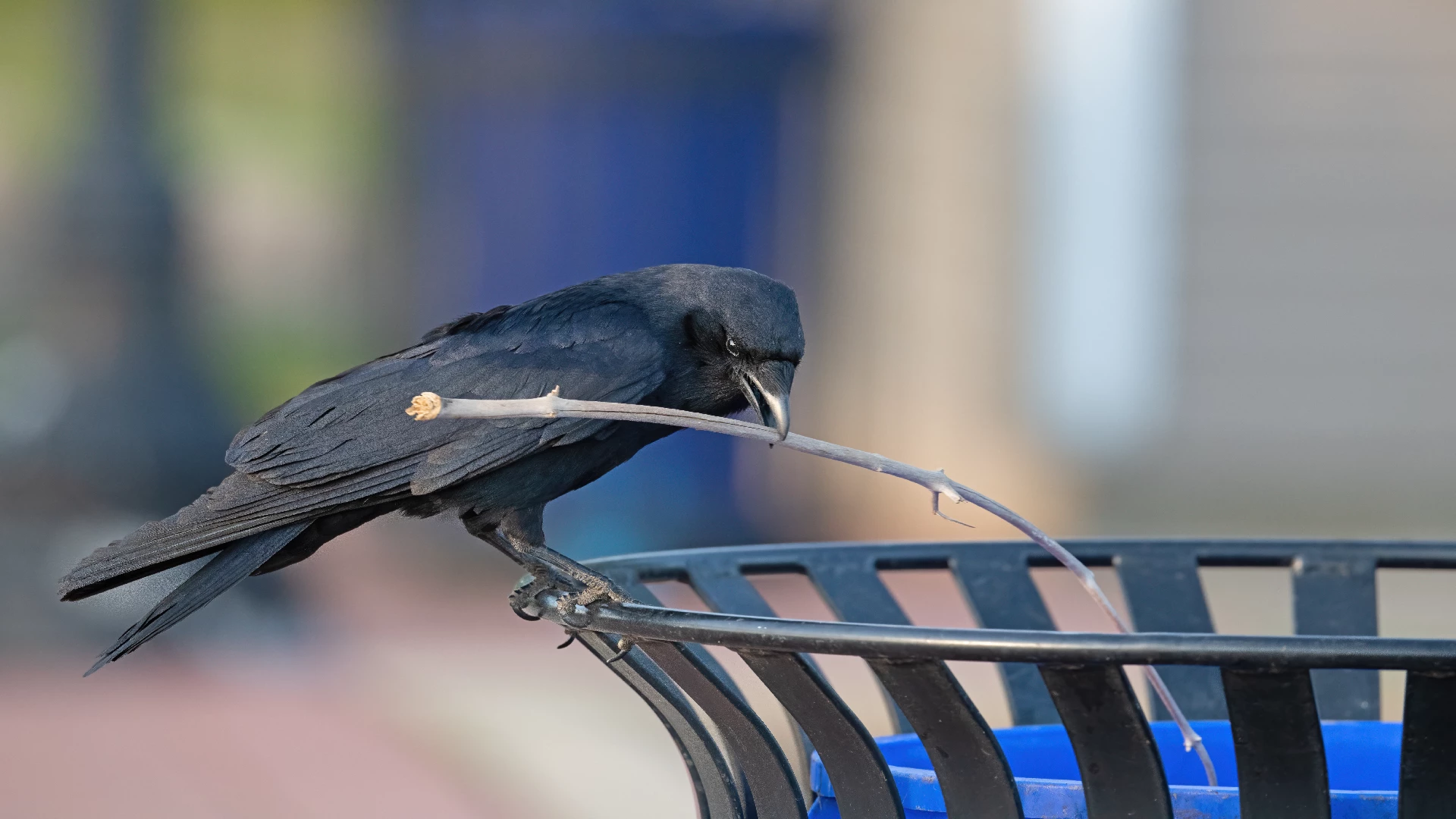 Family dynamics also play a role in distinguishing these two corvid species. Ravens are known for forming strong family bonds that can last for several years. They engage in cooperative breeding, where non-breeding members help care for the young of the dominant pair. Crows, while also displaying family-oriented behavior, are more likely to disperse and join other groups as they reach maturity. This difference in family structure contributes to their varying behaviors and social interactions.
Family dynamics also play a role in distinguishing these two corvid species. Ravens are known for forming strong family bonds that can last for several years. They engage in cooperative breeding, where non-breeding members help care for the young of the dominant pair. Crows, while also displaying family-oriented behavior, are more likely to disperse and join other groups as they reach maturity. This difference in family structure contributes to their varying behaviors and social interactions.
In the realm of avian wonders, ravens and crows stand out not only for their striking appearance but also for their distinct behaviors and cultural significance.
While they share some similarities due to their corvid lineage, their differences are what truly set them apart. From physical characteristics to vocalizations, behaviors, and even their roles in mythology, these birds continue to captivate our curiosity. So, the next time you spot a black-feathered flyer in the sky, take a moment to observe its size, shape, and sound – you might just unravel the mystery of whether it’s a raven or a crow.
Explore the Mysteries 🦅🔍 | Raven New Tab










